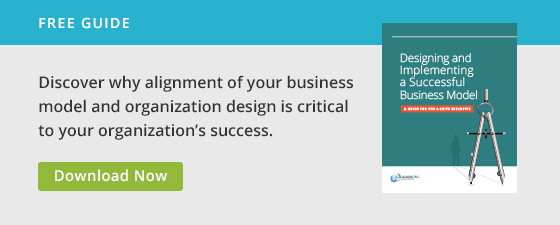Deals are happening all the time – many with lots of hype from investors, analysts and executives. The right acquisition can combine break-through capabilities to deliver distinctive capabilities to the market. However, too often the promises of the deal never pan out. Each week I talk to executives who are writing off deals that didn’t work or that never achieved the initial promises. These discussions always cause me pause and ask “could something different have been done to crack the code and unleash unrealized value?”
In our book, Mastering the Cube: Overcoming Stumbling Blocks and Building an Organization that Works, there are lots of examples of companies that have squandered the benefits of mergers and acquisitions that looked so compelling on paper. This seems to happen because executives fail to undertake the careful organization alignment planning and assessment that should accompany the typical financial and strategic planning aspects of any good deal.
Before the ink is dry on the contract—and perhaps even long before it is signed—business leaders must look at the alignment of the two organizations and consider how their strategic organization capabilities will be integrated to fully leverage the perceived synergies of the two organizations.
Business model and organization alignment starts with a discussion of strategy that deals with questions about how the combined capabilities of the two firms will deliver a distinct offering to the marketplace. But the talks don’t end with strategy. Discussions must go further to examine how the organization capabilities that drive the strategy will integrate. These discussions need to dive into the organization’s design (e.g., what work can be centralized or standardized to bring about anticipated savings while looking at what post-merger processes will have the greatest competitive impact).
Sequence is important. It is important to carefully define the business model impacts of the acquisition before immediately dropping into decisions about how to integrate back-office work and other activities for cost savings.
What about you? Have you ever worked in a business that made an acquisition years or even decades before you arrived, but it still felt like a separate company? Most likely, at the time of acquisition there was never really a clear position on how the organization needed to come together. Perhaps the deal made a lot of sense on paper as a financial advantage, but unless some time was spent formally aligning the two organizations, they never really merged in practice.
Organization systems are perfectly designed to get the results that they get. If the design of either company doesn’t change after a merger, neither will the results! Just buying it and saying, “You’re now a part of the family,” doesn’t mean people are going to naturally think and act differently. It isn’t until leaders sit down and define the value they are trying to create by putting two business together, then define what capabilities they must therefore facilitate, and finally, make changes to the daily processes and practices of the organization, that results will follow.

